Science Breakthroughs of 2015: Kennewick Man’s DNA
Science Breakthroughs of 2015: Kennewick Man’s 8,500-year-old bones are finally sequenced, revealing his genetic ancestry.


Science Breakthroughs of 2015: Kennewick Man’s 8,500-year-old bones are finally sequenced, revealing his genetic ancestry.
Science Breakthroughs of 2015: Tackling psychology’s reproducibility problem.
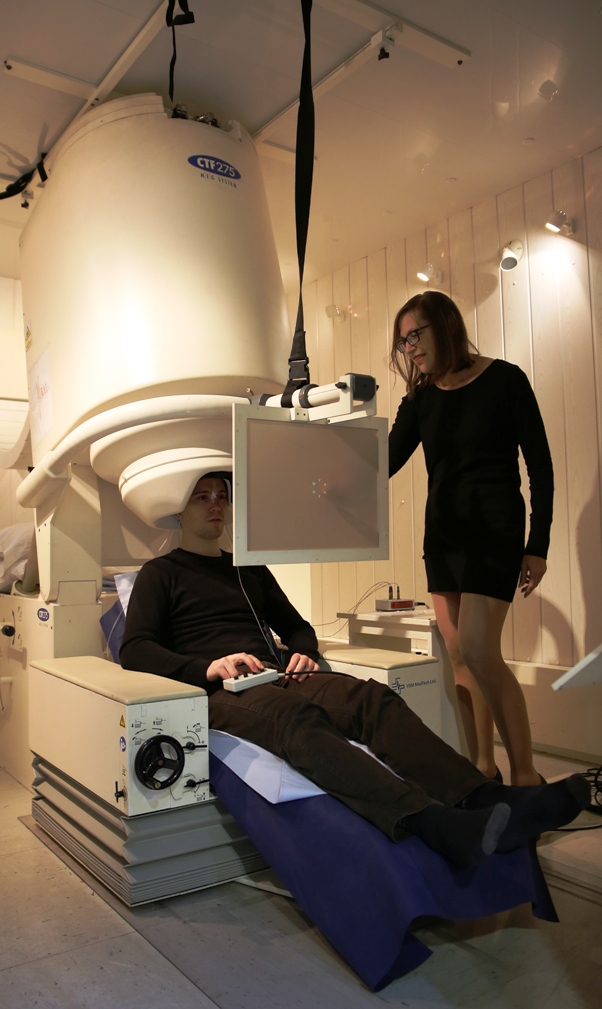
Scientists identify the neural underpinnings of inattentional deafness: when visually demanding tasks temporarily turn off the ability to hear.

Scientists reverse-engineer the human learning process to help computers think more creatively.

Do environmental variables like rainfall and vegetation shape the sounds of languages?
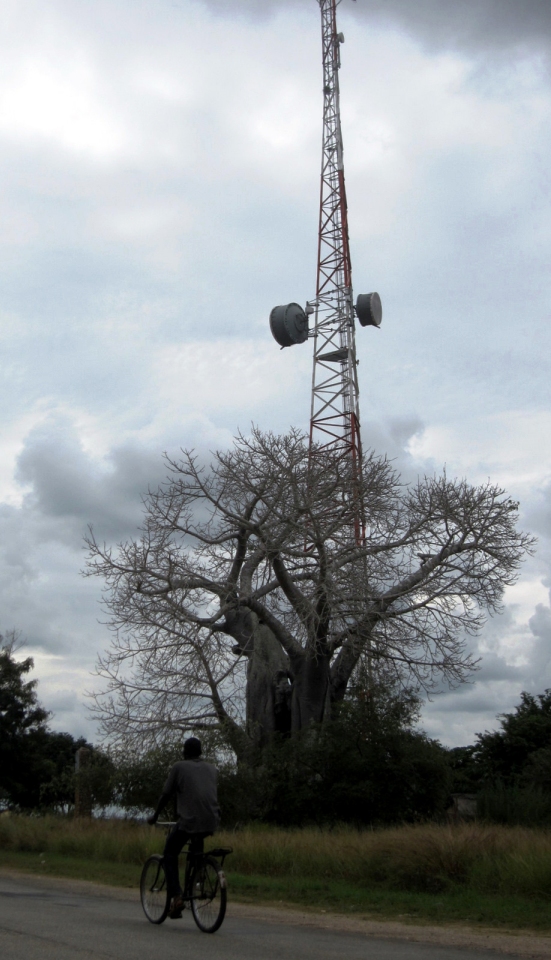
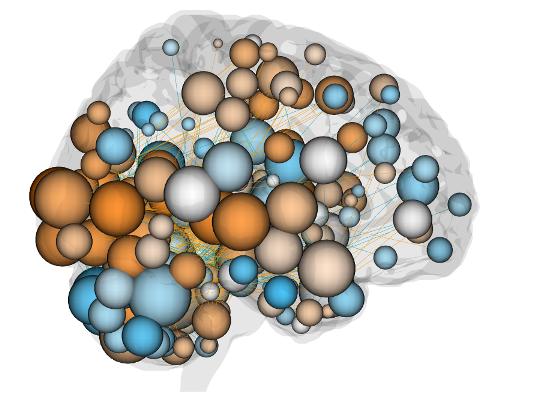
Functional MRI brainscans could identify attention deficit disorders in the resting brain.

Satellite surveillance documents ISIS’s targeted destruction of sacred landmarks.
People who respond better to fake medicine may also get more relief from the real thing.
Scientists are developing new strategies for making old neurons to study diseases of aging.
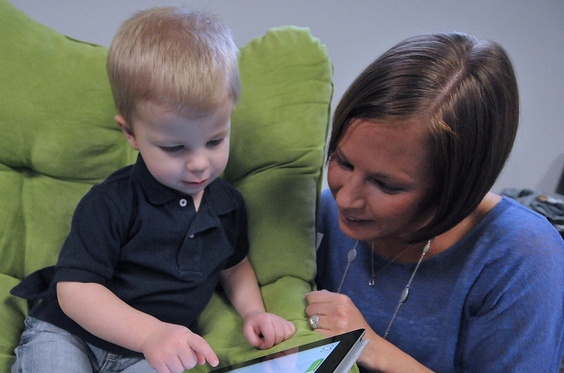
An educational app helps parents with math anxiety help their kids excel in the subject.

A smartphone app is helping researchers document our erratic modern eating habits, 24/7.
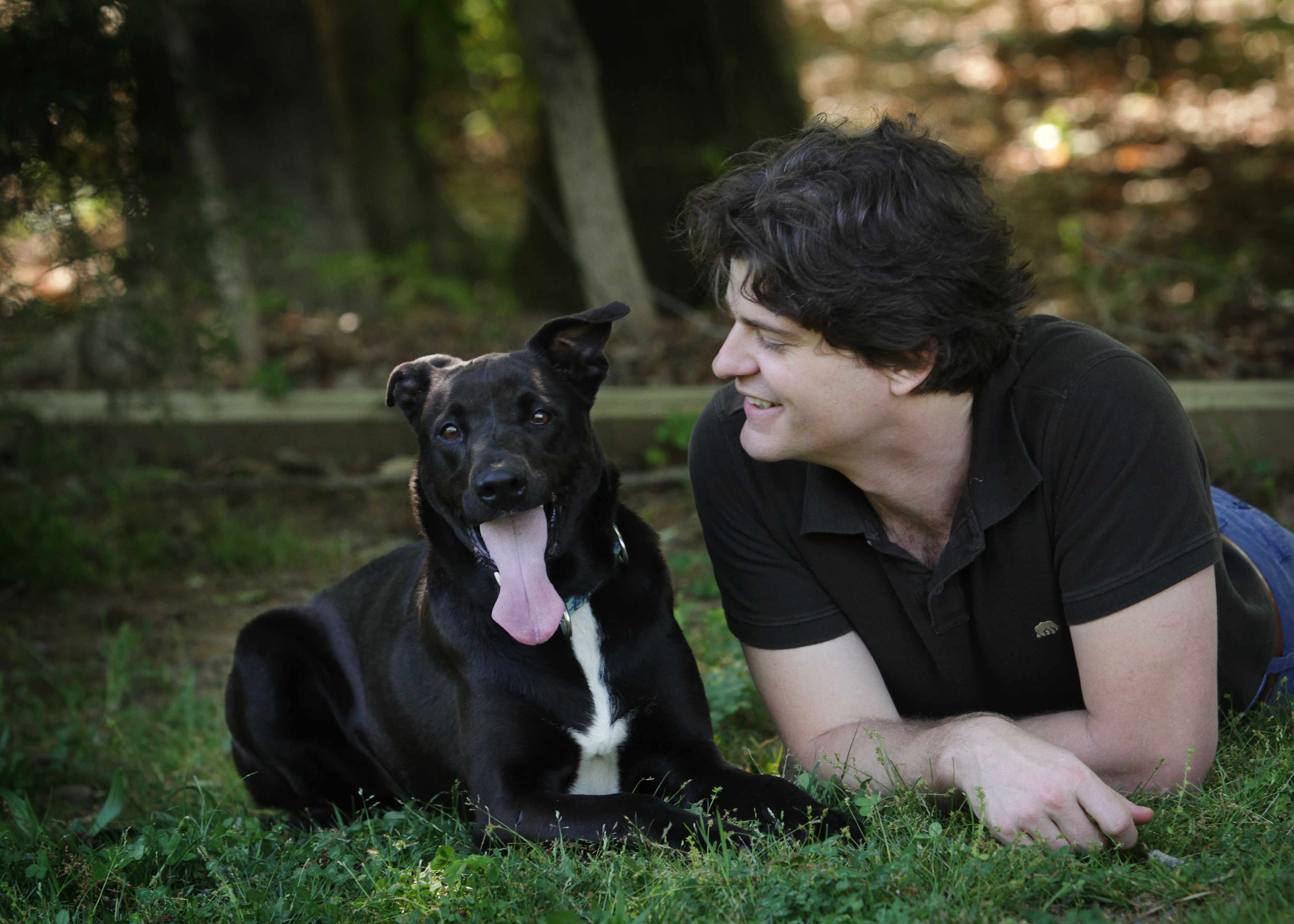
An online project allows dog owners to evaluate their dogs’ minds and contribute to scientific research.
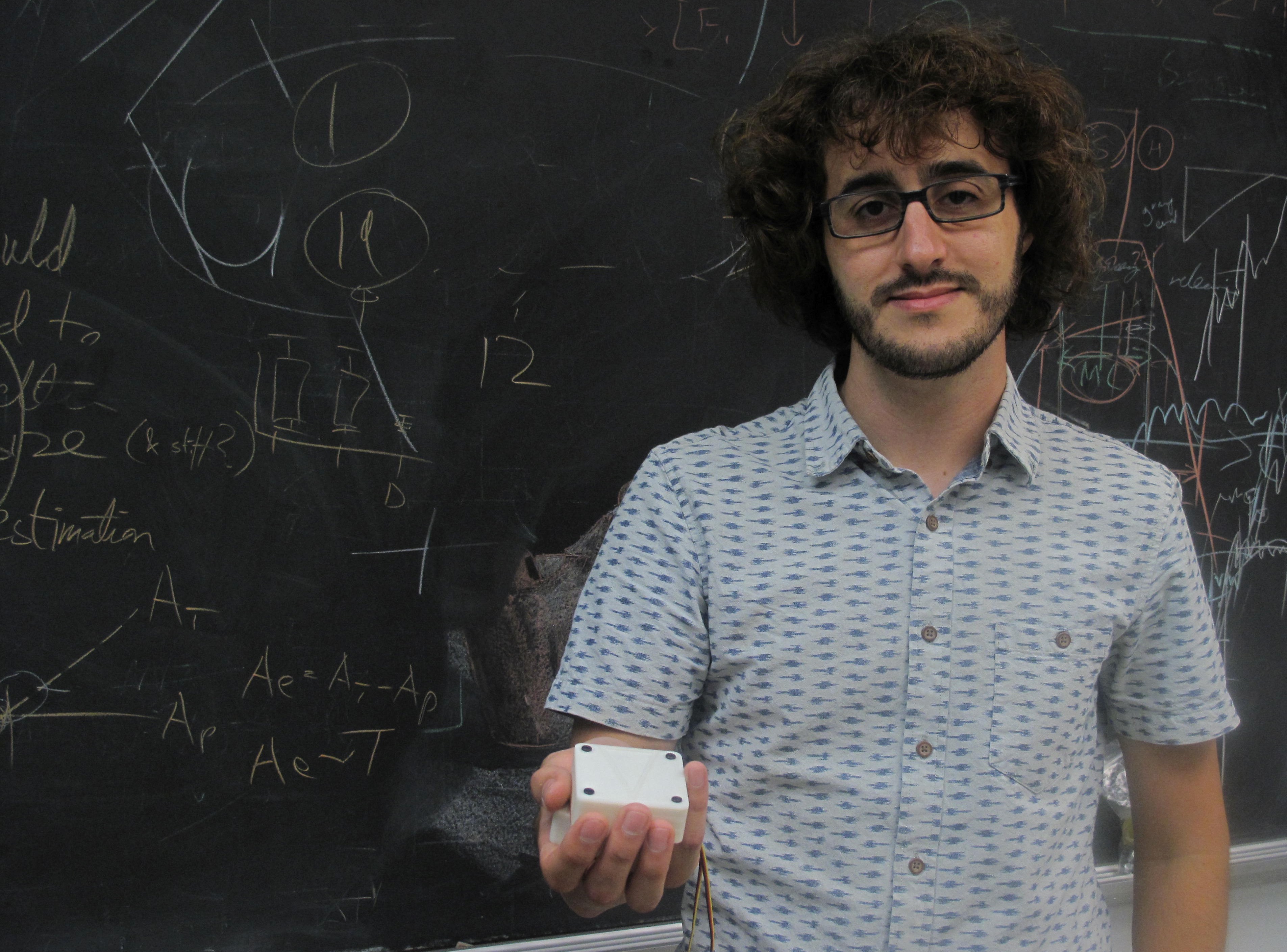

Our unique predatory behavior puts other predators, as well as entire ecosystems, at risk.

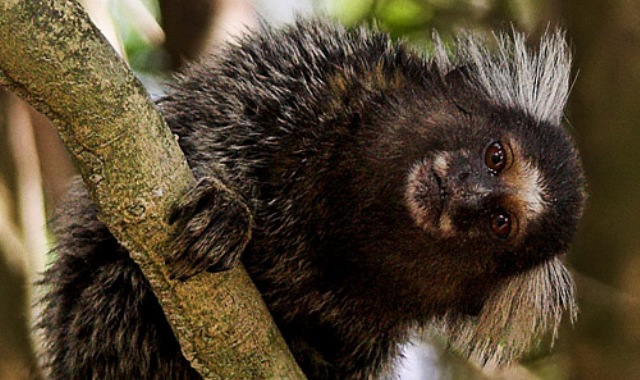
A new study suggests baby marmosets’ calls change as they grow up - questioning more than 50 years of conventional wisdom about primate vocalizations.

Baby finches that are stressed out early in life turn to unrelated adults rather than their parents for guidance.
Can computer programs help people feel more comfortable sharing their personal problems?
